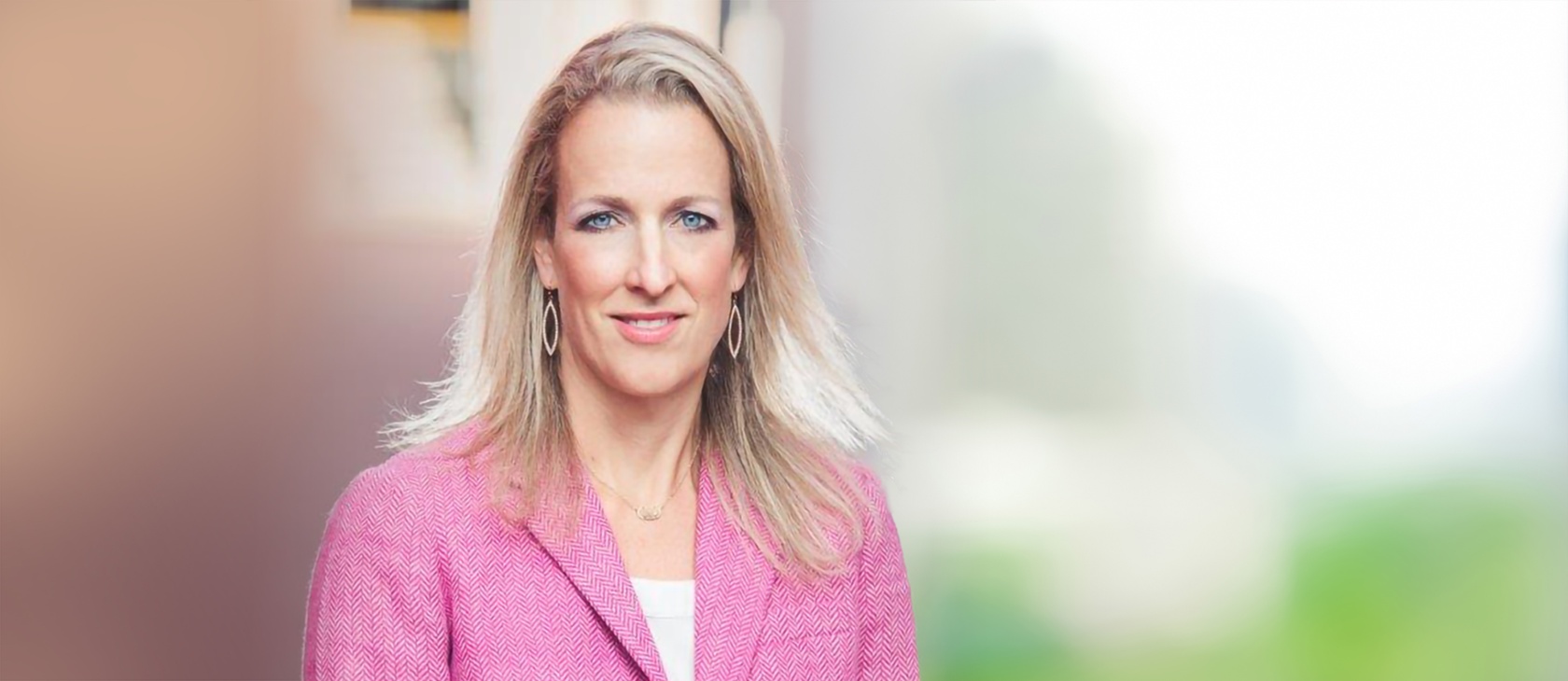


Nearly every law school in the country is effectively under the thumb of the American Bar Association (ABA). The ABA’s power rests on its role as the recognized accreditor for law schools through the federal Department of Education. This official endorsement effectively determines whether students can obtain federal loans and whether state courts or bar associations will grant those schools the stamp of approval. The ABA’s influence contributes to the high cost of legal education, stifles innovation, and often encourages left-liberal indoctrination in the profession.
Revoking the ABA’s authority to accredit law schools would break the ABA’s monopoly and encourage more diverse, less expensive pathways to legal practice. This measure would not only reduce many students’ tuition, but also spur institutions to compete on affordability and pedagogical creativity.
If the Department of Education rescinds the ABA’s accreditation authority, then, conservative states would likely adopt more flexible models that reduce both cost and dogmatic teaching, pressuring other states to follow suit. The result would be a more dynamic legal education marketplace, prompting law schools nationwide to offer innovative programs that better match the needs and budgets of students. Moreover, there is no need for the Education Department to use the ABA. To fulfill its function of protecting students from substandard law schools, it could simply use bar passage rates and employment rates of students who enroll as criteria for student-loan eligibility.
Increasing Costs
One primary reason for runaway tuition is the ABA’s myriad accreditation standards that inflate institutional expenses. Note that these are expenses of a professional graduate school that come after already paying for an undergraduate education. Lawyers, operating through the ABA, have an incentive to sustain high barriers to entry. Steep costs help limit new entrants, shielding established lawyers from increased competition. Chief among these burdensome dictates are rules on teaching. Under Standard 404 for legal education, the ABA requires law schools to maintain a core of full-time faculty with tenure or “tenure-like” job security, compelling them to invest heavily in permanent staff. Because such faculty generally command higher salaries than adjuncts or practitioners, schools shoulder persistently large payroll obligations. The mandate for a full-time law librarian further elevates baseline costs, hampering schools interested in leaner, more cost-effective models.
By imposing a one-size-fits-all approach to faculty and administrative structure, the ABA’s requirements hamper creative efforts to deliver legal education more affordably. Institutions that might harness technology, rely more extensively on adjunct expertise or experiment with shorter, skills-focused programs. They are effectively discouraged from any such experimentation under the existing standards. This is especially burdensome for law schools aiming to serve lower-income communities, where prospective graduates cannot command the salaries needed to justify exorbitant tuition.
A further driver of escalating law school expenses emerges from Standard 311, which compels a Juris Doctor program to span at least 83 credit hours over no fewer than 24 months. This rule effectively cements a costly, time-intensive structure that restricts student choice and stifles creative program design. For instance, a streamlined 18-month curriculum with concentrated coursework could furnish competent graduates at a fraction of the price, but ABA guidelines bar such an approach. This extended timeline, in turn, raises both tuition bills and living costs, heightening the burden on students and particularly discouraging those from socioeconomically disadvantaged backgrounds. By entrenching a rigid and lengthy credentialing process, Standard 311 fosters unsustainable levels of student debt and diminishes the accessibility of legal education.
By mandating a multi-year commitment, the ABA prolongs the window before students can join the workforce, compounding their overall financial obligations. Such requirements ignore the reality that some students—particularly older ones or those with significant life responsibilities—may be better served by accelerated or alternative tracks. Yet under the current structure, all must march through the same multi-year process, accruing more debt and pushing back the start of their careers. Ultimately, this standard model works against social mobility, shutting out qualified individuals who cannot afford years of foregone income, and thereby undermining the very diversity and innovation that legal education should encourage.
Stifling Innovation
A modern legal profession demands creative approaches to teaching and training, but ABA Standard 306 restricts a student’s distance education credits to no more than 50 percent of the total. By limiting the scope for online instruction, the ABA hinders institutions seeking to capitalize on technologies such as live-streamed lectures, interactive simulations, and asynchronous platforms. These digital tools have demonstrated significant promise for working adults, rural populations, and other underserved students who may struggle to attend traditional, on-site programs. Schools thus cannot pioneer fully online JD offerings that could broaden access and reduce costs.
We can unshackle legal education from ABA control and reshape the profession itself, as well as loosening the grip of ideological gatekeepers.
By discouraging distance learning, the ABA narrows the range of student demographics and precludes transformative teaching methods. Standard 306 underscores a deeper aversion to educational experimentation, forcing schools to preserve antiquated methods of delivering instruction. Even those institutions that see clear pedagogical value in new formats fear jeopardizing their accreditation status. Consequently, many law students remain bound to a model designed for an era of blackboard lectures, missing out on the adaptive and potentially cost-saving benefits that modern technology can provide.
Another illustration of ABA overreach comes from its expanded requirements for experiential courses. While clinics and hands-on training can be beneficial, compelling every student to follow the same experiential path fails to acknowledge the diverse goals of modern legal education and different jobs open to graduates in the profession of law. Indeed, as the legal scholar Brian Leiter has pointed out, “Law schools differ, in their student bodies, in their employment outcomes. Law students differ, in their personal and professional goals, and in their intellectual interests. There should be a very strong presumption against any proposal of the form that, ‘200 law schools, and 40,000 law students all must do X.’” Thus, while a mandate for clinical experience may serve certain ABA constituents—e.g. lawyers who prefer students to arrive pre-trained—it risks marginalizing equally valuable academic, theoretical, or unconventional program designs. If we want a profession that speaks to a whole constellation of needs, schools themselves (and the students they serve) must remain free to innovate and determine the most fitting curriculum.
Finally, the ABA’s insistence on graduate-level status for legal education excludes another innovation that prevails internationally: undergraduate law degrees. As Russell Mangas and I have noted, countries such as the United Kingdom and Australia allow students to embark on legal studies immediately after secondary school, facilitating quicker workforce entry and reducing overall costs. Without the ABA’s stringent oversight, certain states might experiment with an undergraduate option, offering an alternate pathway that benefits those eager to start practice earlier. This avenue would hardly fit every aspiring lawyer, but in a profession as variegated as the law, there is no single path that best serves all students. By blocking this possibility in America, the ABA deprives future lawyers of a proven global model that could meet diverse needs, diminish debt loads, and spark new forms of interdisciplinary innovation. This kind of obstacle shows how the ABA may serve not only the interests of lawyers as a guild but also the existing status quo of graduate law schools.
Promoting Left-Liberalism
Beyond using its monopoly power to inflate costs and suppress innovation for the sake of certain vested interests, the ABA actively endeavors to embed left-liberal ideological views in both the structure and delivery and legal education. Through Standard 206, which addresses diversity and inclusion, the ABA compels law schools to take “concrete action” to ensure representation of underrepresented groups—even in the face of the Supreme Court’s ruling in SFFA v. Harvard. The standard’s vague wording grants accreditation authorities ample room to pressure institutions to adopt policy changes aligned with a specific ideological agenda, including de facto quotas in admissions and faculty hiring. As this essay was going to press, the ABA “suspended” this requirement given the executive order requiring universities to end diversity initiatives under the threat of losing federal funds. But you can be sure that if the president’s order is enjoined in Court or repealed by a subsequent president, the ABA will put it back into effect an order that it refuses to repeal.
In 2022, the ABA introduced Standard 303, which requires instruction on bias, cross-cultural competency, and racism at multiple junctures in the curriculum. A group of chaired Yale Law professors—many of them self-described liberals—criticized this new standard as an attempt “to institutionalize dogma” by prescribing course content irrelevant to core legal skills. They correctly argued that determining what to teach and how to teach it should rest with individual professors, not an accrediting body imposing a uniform worldview.
The George W. Bush administration recognized the dangers of lawyer-driven oversight when it removed the ABA’s Standing Committee on the Judiciary from its privileged position in the judicial nomination vetting process. Lawyers’ interests often clash with public interests: they profit from complex rules and an expansive sphere of legal practice, but society benefits from clarity and limits on the legal system’s reach. Similarly, today’s attorneys reap tangible gains from the ABA’s hold over legal education. Costly law school programs restrict competition by raising barriers to entry, and the rules against innovation reduce the chances that fresh competitors will introduce superior offerings. Left-liberal ideology further serves many lawyers’ partisan preferences while championing ever-more regulation, thereby fueling a steady demand for legal services.
The Trump administration now has an opportunity to unshackle legal education from ABA control and reshape the profession itself, loosening the grip of ideological gatekeepers that may make for a more left-liberal profession. By stripping the ABA of its accrediting authority, policymakers would empower states to design less strict requirements for becoming a lawyer. Freed from artificially imposed uniformity, law schools could better serve their varied student bodies, foster real pedagogical innovation, and lower tuition for aspiring lawyers.
This single act would advance the strong deregulatory agenda of the Trump administration. It would reorient the legal profession away from the control of a self-serving regulatory cartel toward a more open, affordable, and authentically pluralistic future—one that better aligns with the public interest rather than entrenched professional advantage.









